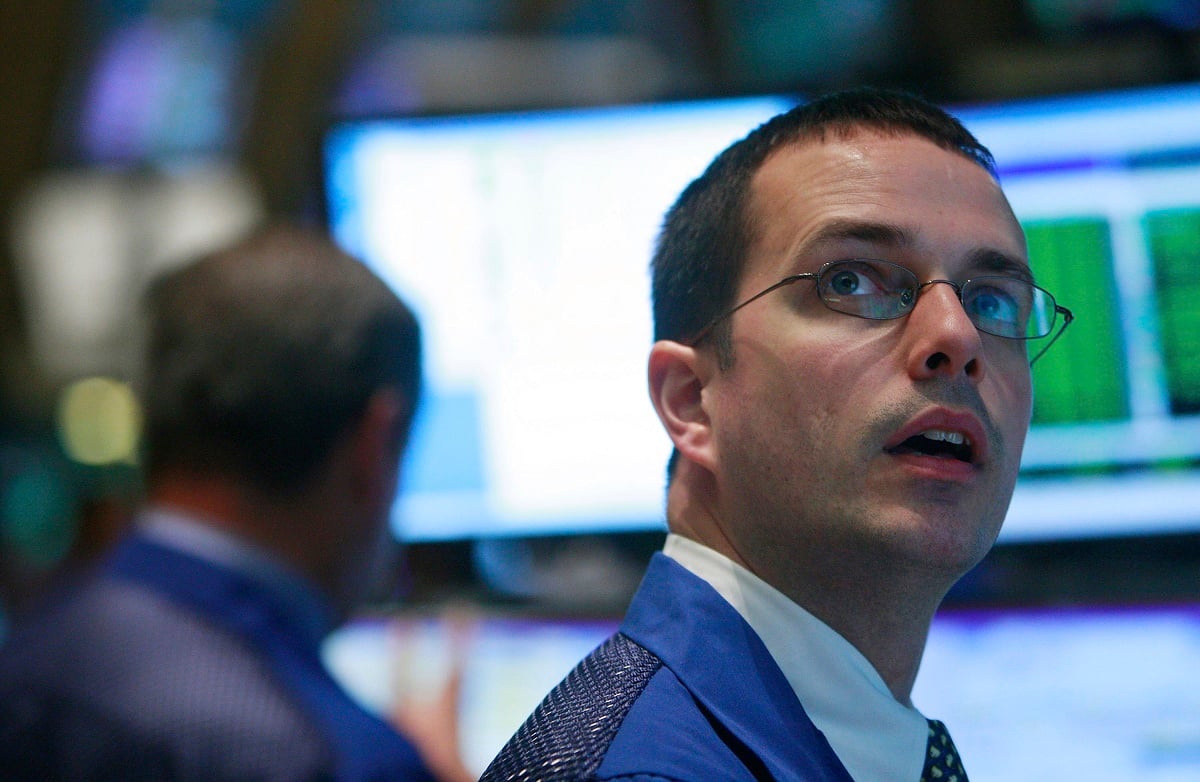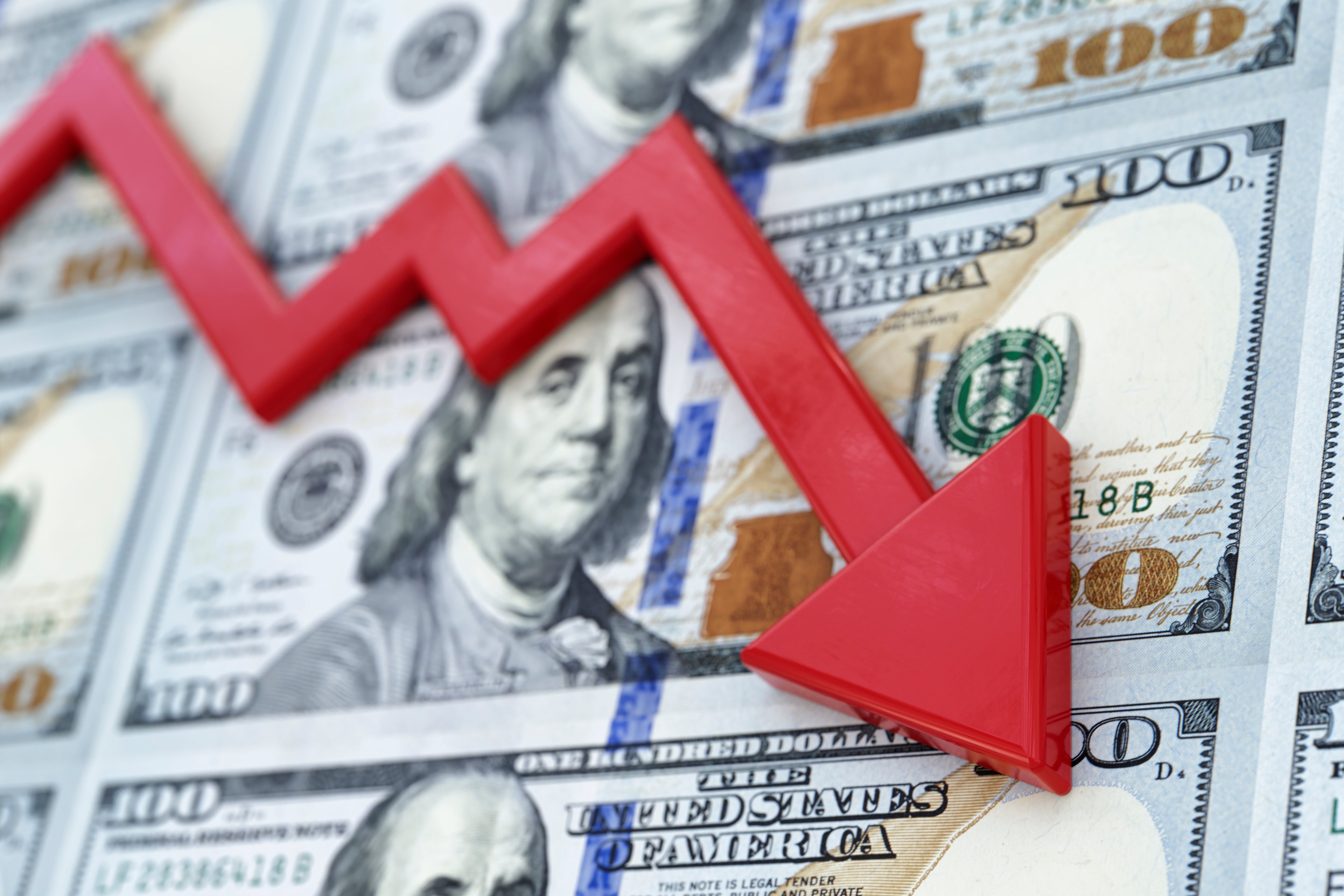The S&P 500 has been on a wild, nearly three-year bull run. Sure, the benchmark index has experienced its ups and downs, most notably in early April when President Donald Trump's initial tariff announcements sent stocks plunging. But it only took a few months for the S&P 500 to recover, and it's now up 6% this year, as of this writing.
This follows strong showings in 2023 and 2024, when the index rose 24% and 23%, respectively. With the market continuing to inch higher and about five months to go in 2025, can the S&P 500 do the unthinkable and rise over 20% for three consecutive years? History says it's unlikely, but one Wall Street strategist thinks it will happen.
It's only happened one other time in nearly 100 years
The stock market's performance in 2023 and 2024 was incredible, but if the S&P 500 somehow manages to claw another 13% higher from here, it would be nearly unprecedented. Looking back nearly a century, such a winning streak has only happened one other time.

Image source: Getty Images.
Thirty years ago, in the run-up to the dot-com bubble, the S&P 500 delivered more than 20% annual price gains from 1995 through 1998, and it was less than half a percentage point shy of doing so in 1999.
Some believe the stock market is currently on a similar trajectory to what it experienced in the 1990s. During that time, the internet boom created tremendous enthusiasm as investors rightly predicted the new technology would go on to transform society. What they missed is that technological disruptions rarely move in a straight line, and the late 1990s was also a time of low interest rates.
Today, the stock market is being powered by the artificial intelligence boom, which has sent a small group of companies to meteoric valuations. Some now have multitrillion-dollar market caps. Interest rates aren't exactly low, although one could argue the market may still be riding high from a decade of zero interest rate policy and lots of quantitative easing.
This Wall Street analyst sees a back-half surge in 2025
Recently, Oppenheimer strategist John Stoltzfus put out a research note, predicting the S&P 500 would hit 7,100 by the end of the year, implying a roughly 21% move in 2025.

SNPINDEX: ^GSPC
Key Data Points
Part of Stoltzfus' call has to do with progress the Trump administration is making on trade negotiations. Deals have begun to come in and the agreements between Japan and the European Union are enough to provide clarity to investors and remove the uncertainty that has prevented the market from moving even higher, according to Stoltzfus. As part of the deals, the U.S. will impose 15% tariffs on goods from Japan and the E.U., and both will also make hundreds of billions of investments in the U.S.
"Fundamentals are improving. Look at the [3%] GDP print today. It ain't perfect, but it's certainly a lot better than the crew that was thinking we were going into a recession was thinking [...] in addition to that, you've got earnings expectations not only meeting but beyond expectations another quarter so far," Stoltzfus said on a recent interview with Yahoo! Finance.
Trump has just imposed new higher tariff rates on some countries as of this writing. However, the situation remains fluid, so the higher rates may not be final.
There's still near-term risk
I would agree with Stoltzfus that a recession seems unlikely, at least in the near term when you consider recent economic data. However, there has also been data suggesting that macro conditions are beginning to deteriorate.
There's also another big risk if inflation does not fall to the Federal Reserve's preferred 2% target. After all, the strong second-quarter gross domestic product (GDP) report suggests that economic activity is quite robust. Tariff rates are also still coming in higher than expected, with most at 15% or above, and it's very possible this will create a one-time surge in inflation. Fed Chair Jerome Powell will not cut rates this year if he doesn't believe inflation is under control, unless there is a real downturn in the job market. If rate cuts don't materialize this year, that could take some of the wind out of the market's sails.
Ultimately, the S&P 500 could manage to eke out a solid year, but delivering another 20%-plus gain is more of a bull-case scenario than a base case, as things stand now.






